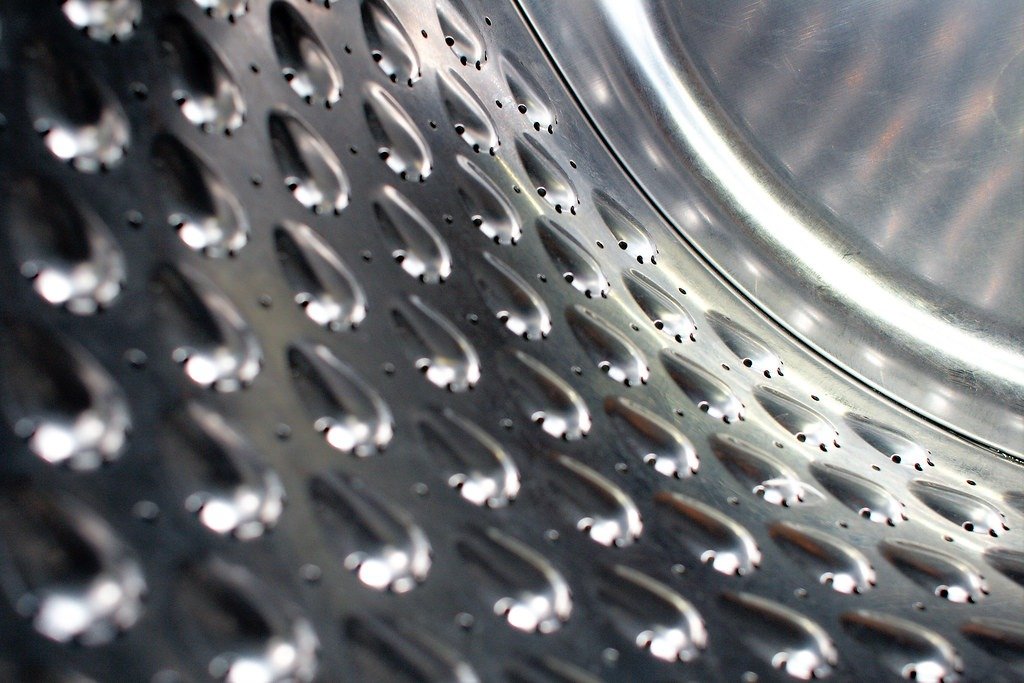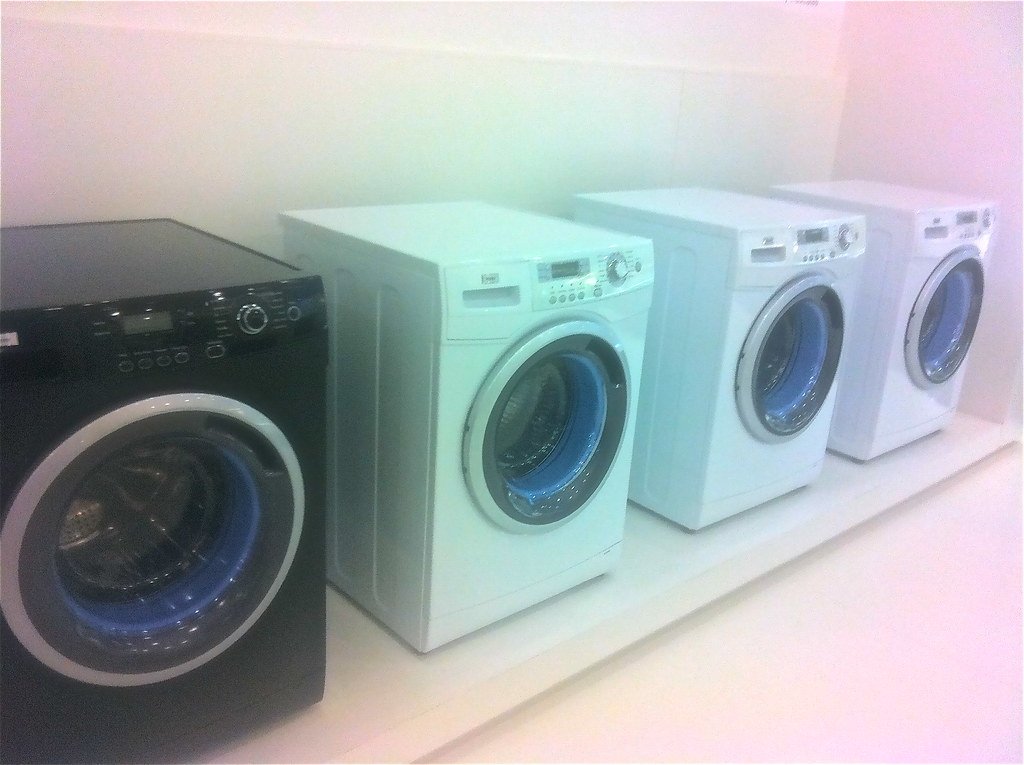
As with other household appliances, dishwashers need periodic maintenance in order to stay at peak performance and cleanliness in your kitchen. Otherwise, unwanted residue like minerals, grease and soap scum could accumulate and compromise both its performance and resulting in unhygienic kitchen conditions.
To keep your dishwasher running efficiently, regularly apply a solution of vinegar and hot water to its interior surfaces to wipe it clean. This helps prevent mineral and food build-up while eliminating unpleasant odors from developing in your machine.
Check the Door
The dishwasher gasket located along the door edge is essential to creating an airtight seal; any damage could allow water to leak through and cause an overflow. To check it, turn off your machine and disconnect power at its circuit breaker before switching it on again to check its gasket condition. Replacing it may be possible on its own but first consult your owner’s manual or online resources about your specific model for advice and resources.
Once power has been cut off, remove the outer door panel and toe panel to gain access to the underside of your dishwasher. Depending on your model, this may also require loosening some screws securing its bottom front service panel. Once inside, check for cracked hoses or any broken valves or connections; leaks could indicate that an inlet valve doesn’t close completely and overfills, potentially necessitating replacing this mechanism to rectify matters.
Be wary of warped or blocked spray arm holes as these are meant to spray water onto dishes during each cycle; if one doesn’t function as intended, this can result in water splattering across the floor and sides of the dishwasher. You can easily remedy this by taking steps such as disassembling and cleaning out your spray arm as soon as you notice this is happening, filling a bowl with warm soapy water and immersing a cotton swab in it to clean these areas.
Clean the Edges
As part of your regular cleaning regimen for the door seal and edges of your dishwasher, use a cloth soaked with hot soapy water to wipe down any food debris or gunk. Even though we rinse dishes before loading them in, sometimes small food debris still slips through and lodges itself in filters, spray arms or utensil holders causing rust stains, hard water deposits or mold growth if left in. By doing this on an ongoing basis can reduce or even eliminate rust stains, hard water deposits or mold growth as well as reduce or eliminating rust stains, hard water deposits or mold/ mildew growth caused by lodged food debris left within. Doing this regularly will reduce or eliminate rust stains, hard water deposits as well as mold/mildew formation due to staying lodged within these places preventing further.
If your dishwasher features an inbuilt drain gap, make sure that this area is regularly cleared of food debris, debris buildup and any buildup of other types. Failure to do this may cause it to clog, which in turn impedes its ability to drain and clean efficiently.
Many dishwashing manufacturers provide special products designed to keep your dishwasher smelling fresh and performing optimally. Making an investment in these products on an ongoing basis may help eliminate foul odors as well as hard water build-up or mineral deposits that reduce performance in your dishwasher.
If your hard water problem persists, try running a short wash cycle using vinegar instead of detergent once or twice every month to help dissolve hard water deposits and rusty stains. However, if your home’s water supply is particularly soft it would be wiser not to try this step since soft dishes may become scratched over time.
Clean the Exterior
A dishwasher can save time and effort by handling dish cleaning for you, but like any appliance used frequently it may start to smell or stop functioning as expected if its regular maintenance is neglected. Luckily, there are a few easy steps you can take to ensure that your dishwasher remains ready to tackle every load of dirty dishes that comes its way.
Regularly wipe down the exterior of your dishwasher with a cloth or sponge dampened in warm, soapy water to eliminate visible smudges and fingerprints from its surface. For tough stains or buildup of grime you may require other solutions like alcohol or vinegar (or commercial cleaner).
Be sure to give the outer gasket and seal of your dishwasher a thorough wipe down as well, this will prevent water from seeping past its seal while running.
Be sure to periodically clean out the spray arm jets of your dishwasher, which may become clogged with food scraps, paper labels and detergent residue. You can typically do this by removing the spray arms, inserting a toothpick into the holes where water shoots out, reassembling them and using an empty cycle with citric acid-based dishwasher cleaner (such as Affresh or Finish), lemon juice or baking soda in the soap dispenser and running.
Check for Leaks
If water leakage has been noticed near or under your dishwasher, either disconnect its power cord from its socket (depending on its model) or switch off the house circuit breaker in your house before inspecting. First remove the bottom rack for an overall better view of its components.
Leaks in your dishwasher pump may result in water or food debris spilling out, while an improper drain line could be responsible for clogs, no clean dishes and potential water damage to cabinets and flooring. Check and clean pumps and spray arms regularly so they’re distributing water correctly for an efficient wash cycle.
Examine the bottom and connection to your house water source for cracks, leaks and loose connections that might require the removal of lower toe kick panels (depending on your model) or additional screws in order to access these components.
If your water supply lines and hoses appear to be in good condition but there’s still a leak, it could be down to a malfunction with the float switch. This feature helps prevent your dishwasher from overfilling by activating automatically when too much water enters it; when stuck or otherwise compromised it could leak out and lead to leakage. Replacing or repairing it should resolve this problem; additionally it might be worthwhile replacing or repairing its pump seal if rubber has worn down over time allowing water to escape through it’s cracks!


